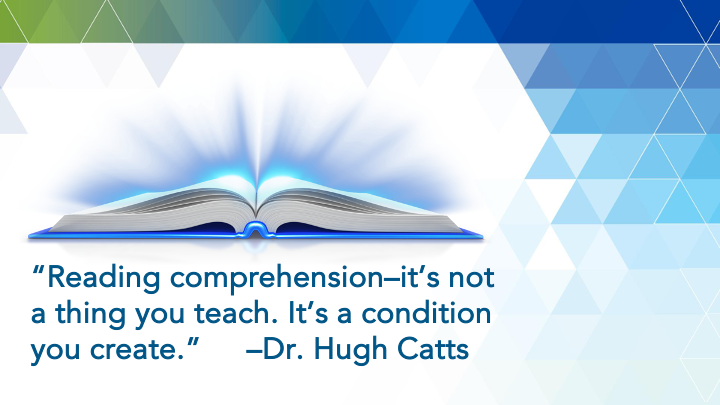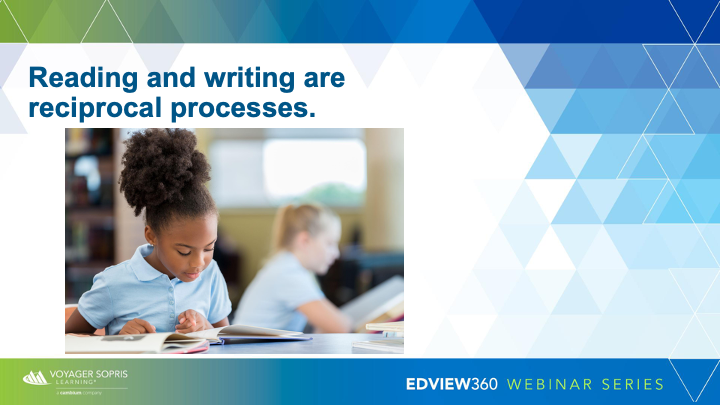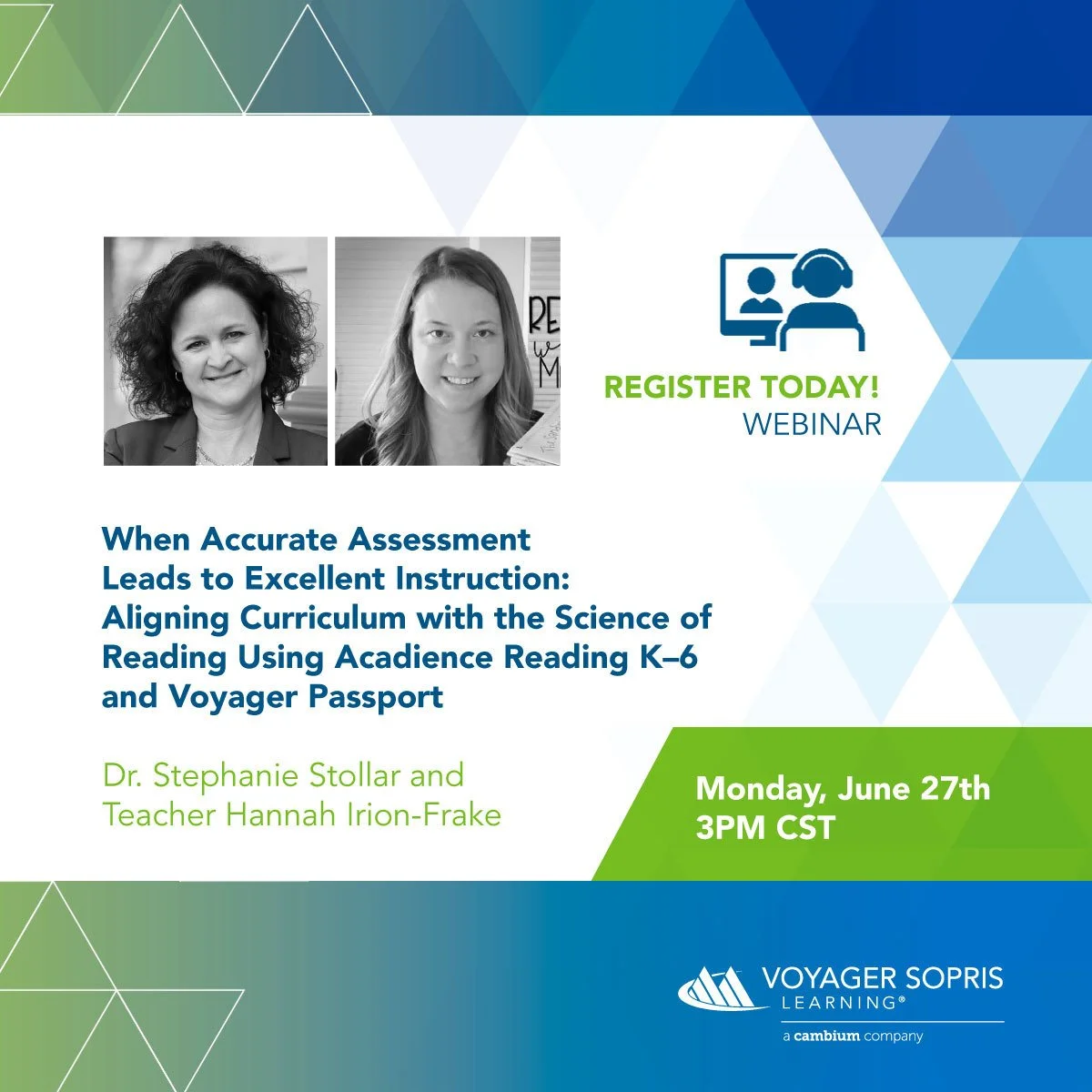On-Demand Webinars
Different Types of Texts: The What, Why, and How for Elementary Classrooms
Join me for this informative presentation designed to help you understand the different types of texts you might use with students and determine when to use them. You may have heard of decodables, hi-lo books, authentic literature, graphic novels, and other types of texts, but how do you know which ones to use with your students?
Make It Stick: High Impact Routines and Practices in Phonics Instruction
When it comes to phonics instruction, our students need to be doing the hard work of learning. Leveraging high-impact routines and opportunities for practice can create a classroom climate that facilitates this hard work. In this webinar, I will walk you through the why and how of phonics instruction and show you how you can help your students master phonics concepts forever.
Using Decodables in the Elementary Classroom: Best Practices for Student Success
This engaging presentation was designed to help you incorporate decodable texts into your elementary classroom and to help all students become successful readers. Decodable texts are a key component in a structured literacy classroom, and I share how I use them to set up a classroom that fosters engagement and true science-based literacy learning. I share strategies for using decodable texts that you can immediately implement in your classroom!
The Path to Comprehension: The Connection Between Vocabulary and Background Knowledge
Background knowledge and vocabulary are essential components of good comprehension instruction. With some knowledge of a topic, students are set for comprehension success.
This applicable and instructive presentation shares research-based strategies, activities, and personal experience from my own classroom to illustrate ways to include background knowledge and vocabulary in classroom instruction.
Building a Reading-Writing Connection in the Classroom
Interested in improving your literacy teaching and discovering creative new ways to get students excited about writing? Join me as I explore the reading-writing connection and share ways you can appropriately increase the amount of writing students do in your classroom. The presentation will span the strands of Scarborough’s Reading Rope and will include strategies for writing related to both word recognition and language comprehension.
Reading Intervention: Essential Strategies for Spring
Making sure students are on track to meet grade-level literacy goals is so important. With spring and high-stakes testing just around the corner, get a jump start on your intervention planning and learn new science of reading-based strategies to boost your intervention.
Learn about:
How to use fall assessment data for spring intervention planning
Science of reading best practices to use during intervention
New ways to manage a class and keep students engaged during small-group time
What to do to help at-risk students prepare for state testing
When Accurate Assessment Leads to Excellent Instruction: Aligning Curriculum with the Science of Reading Using Acadience Reading
Universal screening is an essential element of school-wide literacy models for implementing the science of reading and aligning it to curriculum. Screening with Acadience Reading K-6 efficiently indicates skill level on the essential early literacy skills – phonemic awareness, phonics, fluency, and reading comprehension. Giving the assessment is only the first step. Educators need to know how to interpret the data and link assessment to curriculum and instruction that improve reading performance. In this useful session, co-presented with Dr. Stephanie Stollar, you will see examples of the common patterns of risk captured by Acadience Reading K-6 as displayed in the Acadience Learning Online platform. We will share how the assessment results can lead to targeted lessons within the Voyager Passport program. Examples of specific lessons will illustrate the instruction needed by students with each risk pattern.







